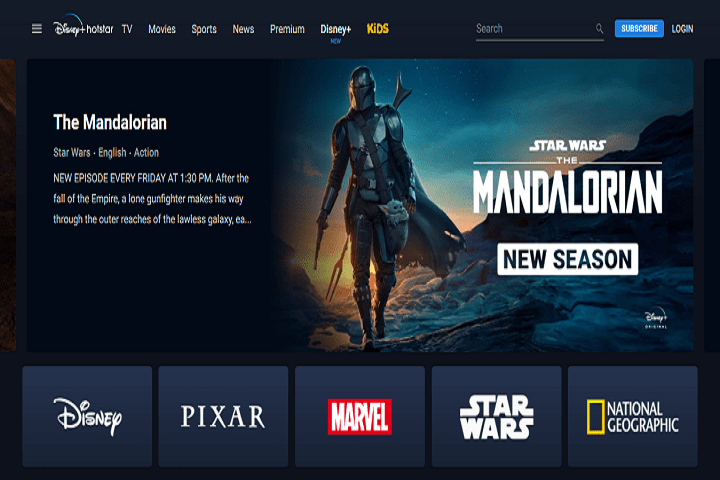Business
Bypassing the Middleman: The Rise of the D2C Trend
Overall, manufacturers who sell D2C have complete control over brand messaging, and they are in charge of how the product is presented to customers.

Consumers have changed their purchasing habits, expecting quick deliveries, personalization options, and quality products at affordable prices. On top of that, consumers today care about a brand’s sustainability efforts and impact on the environment. If their expectations are not met, they quickly move on to another retailer.
Table of Contents
1. Why Are Manufacturers Bypassing the Middleman
Manufacturers are pressured to meet consumer expectations in an increasingly competitive environment, and that’s why selling directly to consumers (D2C) is rapidly gaining momentum. It offers a way to get a product straight into the end consumer’s hands without dealing with the challenges of a traditional retailer.
In addition to that, manufacturers can offer products at much better prices and therefore improve profitability. They can gain deep insights into consumers’ feedback by communicating directly with them and building long-lasting relationships based on loyalty.
Overall, manufacturers who sell D2C have complete control over brand messaging, and they are in charge of how the product is presented to customers.
2. The Challenges of Going D2C
Cutting out the middleman is a strategic move towards improved efficiency, profitability, and better engagement with customers. However, this shift doesn’t come without challenges for manufacturers, who need to join the digital revolution and use innovative technology. Here are several D2C challenges and their possible solutions.
a. Fulfillment
A poor fulfillment experience is sure to disappoint customers and drive them away. But shipping one product to a single person is a lot different than shipping in bulk to retailers. The entire fulfillment process and the manufacturing process must be reimagined to satisfy customers’ expectations.
For example, a negative returns experience is more likely to drive customers away than the initial slow shipping experience. Considering ways to optimize operations, from raw material inventory management to shipping and delivery, is crucial in adopting the D2C model successfully.
b. Purchasing
Like the fulfillment issue, seamless purchasing is also an important consideration for manufacturers going D2C. This means that customers expect a smooth check-out experience with trustworthy payment options. Simplifying the log-in and check-out processes and expanding the payment options are pivotal in reducing the shopping cart abandonment rates and building trust with customers.
c. Marketing
As more and more businesses are trying to capitalize on the D2C trend, the competition has become more challenging than ever, with customer acquisition and retention costs rising exponentially. Optimizing the marketing budget, finding innovative advertising channels, and collaborating with industry influencers are avenues worth exploring to get the brand in front of the right audience.
d. Customer support
Customers expect the possibility to communicate with brands in real-time, whether that’s through email, phone, or social media channels. D2C brands must react fast when customers have an issue, but proactive is even more critical. Seeking feedback proactively, listening to customers, and acting on the data gathered will differentiate successful D2C brands from the rest.
e. Sustainable packaging
As said at the beginning of the article, consumers today value sustainable packaging. For example, a study by Deloitte reveals that younger consumers consider sustainability to be a top priority, with “Gen Z adopting more sustainable behaviors than any other groups: 50% reduced how much they buy, and 45% stopped purchasing certain brands because of ethical or sustainability concerns.” Manufacturers should consider sourcing eco-friendly materials and packaging and mitigate waste.
3. Final Thoughts
More and more brands will incorporate the direct-to-consumer model into their strategy, and this trend will continue in the coming years. Manufacturers are spending resources on optimizing processes, communicating with customers, and sustainability will stay ahead of the tough competition and emerge as tomorrow’s brands.
-

 Instagram4 years ago
Instagram4 years agoBuy IG likes and buy organic Instagram followers: where to buy them and how?
-

 Instagram4 years ago
Instagram4 years ago100% Genuine Instagram Followers & Likes with Guaranteed Tool
-

 Business5 years ago
Business5 years ago7 Must Have Digital Marketing Tools For Your Small Businesses
-

 Instagram4 years ago
Instagram4 years agoInstagram Followers And Likes – Online Social Media Platform















